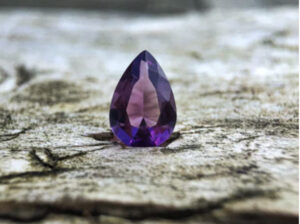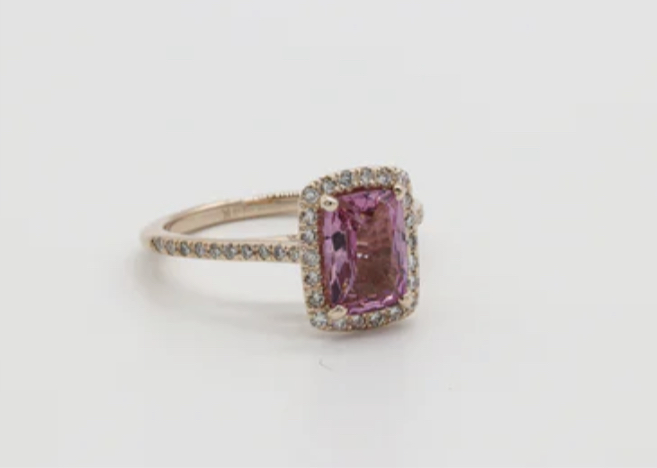There is an art to choosing gifts for every occasion. Jewelry has always been considered the mother of all gifts. It’s classy, durable, and symbolic. Many items are categorized as jewelry like rings, necklaces, bracelets, brooches, cufflinks, and much more. If taken care of, a piece of jewelry can last for many years. Each piece of jewelry has an emotional value, as we cherish and wear it throughout our lives.
When picking out jewelry, look behind its shape and how expensive it is; ask about what each piece symbolizes. In many cultures, different pieces of jewelry hold different meanings. Historically, jewelry was made from anything found in nature, like shells, wood, and feathers. With the progression of time, people discovered gemstones and metals like platinum, gold, and silver, and so the manufacture of jewelry evolved. In the following paragraphs, we’ll discuss what jewelry symbolized in different cultures and the meaning behind gifting them to one another.
Symbolic Jewelry
For every occasion, there’s a piece of jewelry that commemorates the special event. Weddings usually entail the popular exchange of rings, where men present a diamond ring to women as a symbol of their unity. Men will also wear a ring to symbolize their partnership in front of everyone. Rings given for romantic purposes usually signify a special relationship between people. Other meanings for rings include a certain achievement like graduation, winning a championship for a sport, or being part of an elite club. It could also denote family heritage which is passed on from generation to generation.
Some pieces of jewelry are presented for practicality like cufflinks, hairpins, brooches, and watches. They can hold gemstones or be carved to make them stand out and give them a personal touch. People appreciate customized presents, as they feel special to own jewelry that’s one of a kind. Other pieces of jewelry are given to people to add a beauty element to their look or accessorize a basic outfit, like earrings, necklaces, and bracelets. In many cultures, jewelry is also given on religious occasions, like baptisms, where usually medals are presented. Some people also appreciate jewelry that holds religious symbols, so you need to think about the person you’re gifting when choosing the perfect piece of jewelry.
Metal Bands
Gold and silver are the most popular metals used in jewelry. People treasure gold for its shiny appearance that mirrors the sun. Many cultures refer to gold as a sign of wealth and divinity. Gold comes in three colors: yellow, white, and rose. It’s used in versatile necklace designs, as it matches a wide variety of gemstones and other decorative accessories. You’ll find that currently, many on-trend hoop earrings are made from gold as well. This is because they are timeless, classy, and can go with any outfit. It’s one of the most durable metals; it can, however, sustain discolorations over time, but if well-maintained, it lasts for a long time.
Silver represents the moon and signifies purity, strength, perseverance, and transparency, among many other things. It’s cheaper than gold and not as sturdy, but it isn’t easily scratched or discolored. Many people prefer silver for its milder look and chic appearance. It’s moldable and versatile as it’s used in many jewelry designs.
Gemstones and Their Meaning
One of the prominent features of jewelry that makes it stand out is gemstones. Each gem has a unique meaning behind it. Many cultures believe that certain gemstones bring luck and prosperity to their bearer, like jade, also known as the stone of heaven. It’s an important stone in Chinese culture, as it carries spiritual meanings of peace, good luck, health, and friendship and prevents negative energy.
Turquoise jewelry is a symbol of positivity in the Greek, Persian, and Tibetan cultures, to name a few. Its natural color signifies its relationship with nature and the earth and promotes good energy leading to health, wealth, and magnificence.

Each culture has its wealth of gemstones. For instance, Africa is known for ivory and amber, and it’s common in African culture to own beaded necklaces, bracelets, and earrings that represent each tribe. Some cultures use beads to signify social status; others use them to reward brave soldiers or gift religious leaders. These are just some of the examples of what gemstones mean in each culture, but there are many other kinds of jewelry in the world that hold unique meanings.
When you’re choosing a gift for someone, you need to get acquainted with their likes and dislikes before making your decision. Think of the meaning behind the jewelry items and how it speaks to that person. Finally, you can add a personalized touch like carving their initials or a significant date that makes the gift special to them, which they can wear for many years.


